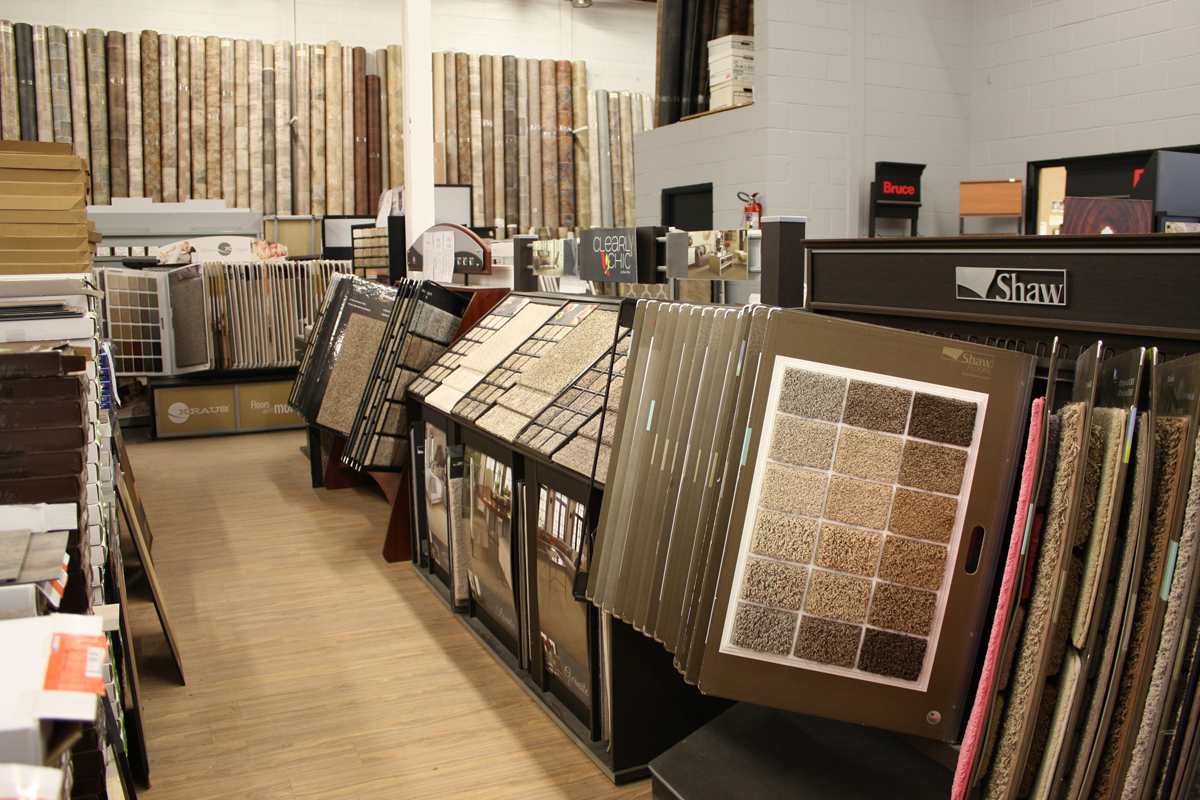What is Carpet?
- Carpet is a textile flooring generally made up of a top layer of pile (materials like nylon, and acrylic) attached to a backing.
- Used to be made almost exclusively from wool. Thanks to new synthetic materials like polypropylene, nylon, and acrylic; carpet is easier to manufacture, more accessible to consumers, and more durable with greater wear.
- Is often used interchangeably with the word “rug”.
What is Carpet for?
- Insulation for your feet on a cold tile or concrete floor.
- Making your room more comfortable, and more inviting to sit on the floor (e.g. your child’s playroom).
- Noise from walking is reduced. Especially helpful on upper floors, and in apartment buildings.
- Adding colour or decoration to your room.
What makes Carpet unique?
- Carpet can be produced in any colour, thanks to the dyeing of fibres.
- It can come in many different patterns and motifs; which decorate the surface.
- Wall-to-wall carpet is distinguished from rugs or mats; which are loose-laid floor coverings. Wall-to-wall carpet is fixed to the floor and covers a much larger area.
- Formulated from many single or blended natural and synthetic fibres.
- Produced on a loom similar to woven fabric, made using needle felts, knotted by hand (oriental rugs), made with the pile injected into a backing material (called tufting).
What are some technical details?
- Carpet is commonly made in widths of 12 feet (3.7 m) and 15 feet (4.6 m) in North America.
- Fixed to the floor over a cushioned underlay (pad) using nails, tack strips, adhesives, or occasionally decorative metal stair rods.
- Fibres are chosen for durability, appearance, ease of manufacture, and cost.
- In production, the dominant materials are polyamides (nylons) and polypropylene with an estimated 90% of the commercial market.
Information adapted from Wikipedia
 CALL US @ 204-231-3337
CALL US @ 204-231-3337


